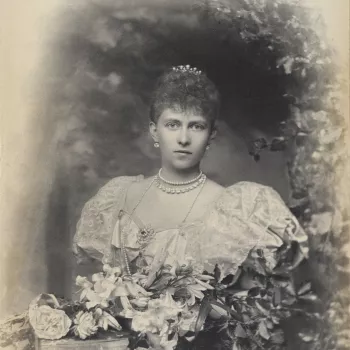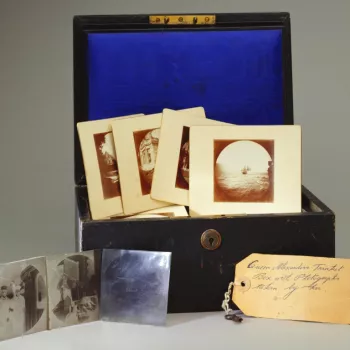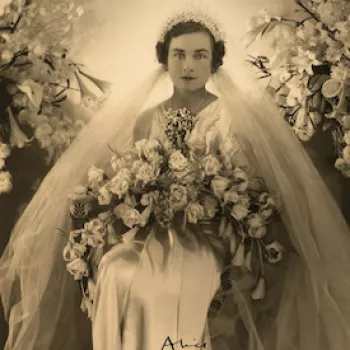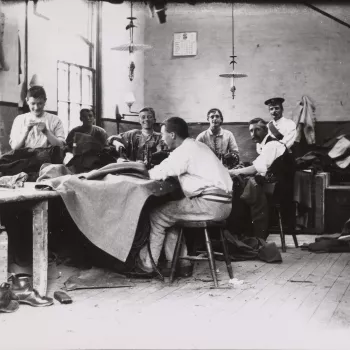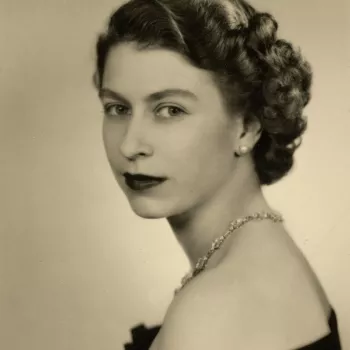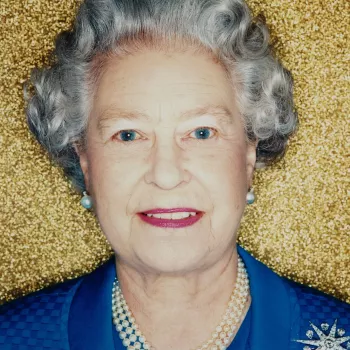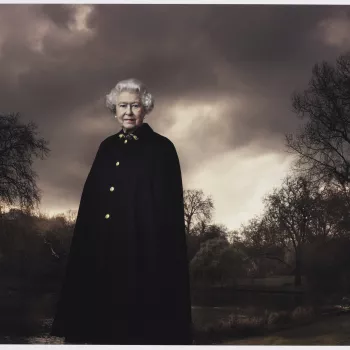Women Photographers
The Royal Collection contains a significant body of work by women photographers

The Royal Collection contains a significant body of work by women photographers, dating from the 19th century to the present day. These photographs illustrate key moments in photographic history, including early experiments in the medium, the development of accessible camera technologies and the advent of colour photography. They also reveal the historical and contemporary importance of women to the creation, study and dissemination of photographs.
First woman to photograph the royal family
Frances Sally Day is the earliest woman photographer represented in the Royal Collection and the first woman to photograph the Royal family, following a commission in 1859. Day was among a small number of women who practiced photography during the mid-19th century, a time when the sheer cost of photographic materials meant that photography, and being photographed, was a pursuit of the more affluent sectors of society.
Queen Alexandra
Towards the end of the 19th century however, developments in photographic technologies opened photography up to the larger population. In 1888, Kodak released the Kodak No. 1 camera, followed by the popular Brownie camera in 1900. The camera was intended to be accessible, in terms of both cost and ease of use. Kodak offered to process, print and reload the camera, reflecting their slogan 'you press the button, we do the rest'. Advertisements for Kodak cameras largely targeted women, promoting photography as an enjoyable hobby and an essential means of documenting events and family life. Queen Alexandra owned a selection of Kodak cameras and was a keen amateur photographer, attending photography classes and regularly photographing family, friends and holidays. Her study and enjoyment of photography served both to promote the practice of photography and to legitimise the place of women photographers.
Photographic studios
In the same period, a number of women-run photographic studios appeared in the United Kingdom and Europe. The ease with which the population could now take photographs meant that studio photographers had to diversify their practice in order to offer an inventive, innovative product and attract custom. The portraits emerging from this period comprise a vast range of styles, including Dorothy Wilding's glamorous, modernist portraits; the delicate, feminine platinum prints of Alice Hughes; and Eva Barrett's 'photographic sketches'.
The profession offered women an independent vocation and means of generating income, in addition to providing a form of artistic expression. Reflecting on her role as a studio photographer, Olive Edis stated that it was, 'a life worth living, with no monotony about it, and constantly bringing the worker in touch in a very pleasant way with humanity'. Edis would later witness the destruction caused by humanity in her role as an official war photographer.
War photography
Whilst portraiture remained a popular and commercially viable subject during the early 20th century, a small number of women photographers sought more socially engaged subjects. Olive Edis and Christina Broom created photographs that spoke of the contemporary social condition and documented notable aspects of the First World War. Their pioneering work paved the way for renowned female documentary photographers including Lee Miller and Toni Frissell.
Below is a selection of the women photographers represented in the Royal Collection.







